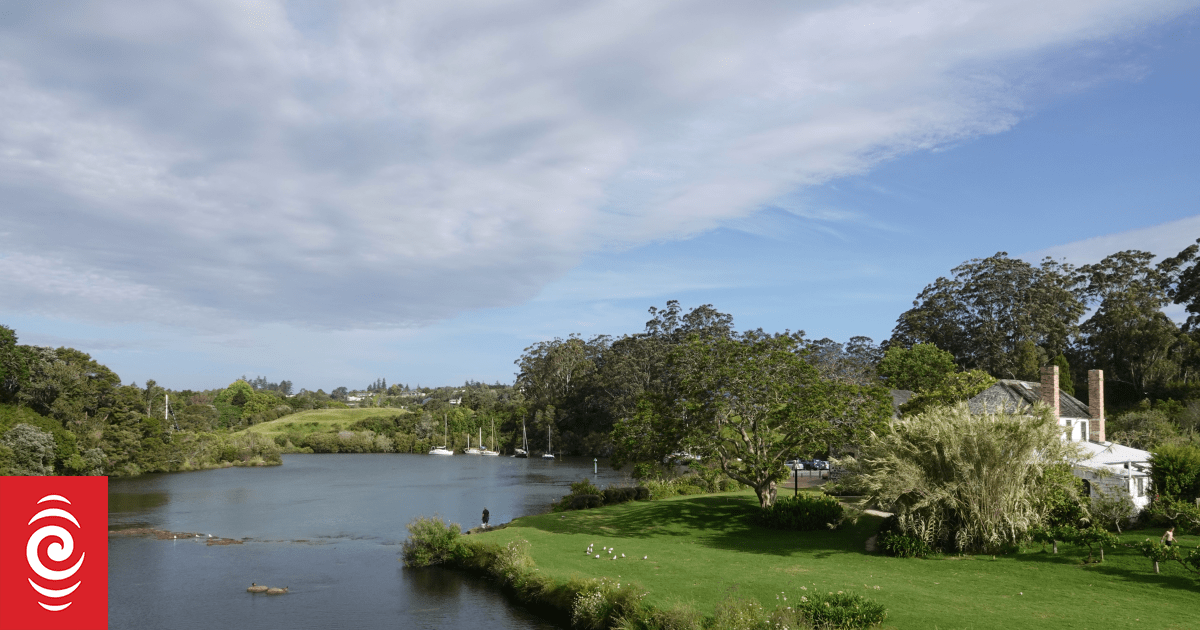However, St John disputes the claims and says the petition circulating “contains various inaccuracies”.
The Volkswagen first-response vehicles have the same clinical tools as standard ambulances, and are designed to handle rural conditions, St John said.
Ōmāpere resident Jo Tucker said residents are “upset” about the decision to “reduce the capacity of volunteer ambulance officers in the Hokianga”.
“This is a kick in the teeth for this small community,” Tucker said.
“There have been occasions when an ambulance has been called and it has taken an hour or more to reach its destination.
“Based on the delays, we have come to rely on the Northland regional helicopter but because of weather and terrain, the St John vehicle is sometimes our only lifeline in this remote community.
“If they [volunteers] have to resort to using vehicles that are not fit for purpose and [do] not have the Lifepak… I hate to think what the outcome for some patients will be.”
In Hokianga, there is currently one St John volunteer based at the Rāwene station and two volunteers at the Kohukohu station.
Hato Hone St John Te Tai Tokerau district operations manager Ben Lockie said the modern VW first-response unit being deployed in Rāwene would replace an older ambulance that has travelled over 500,000 km since it entered service.
There are 50 of the vehicles in use across New Zealand, including the East Cape, West Coast and central plateau, which are known for their challenging terrain, he said.
“These fit-for-purpose vehicles are designed to handle rural conditions and are well suited to driving on narrow, winding roads like those found in rural locations.”
Lockie said the vehicles are equipped with the same clinical tools as standard ambulances, such as ECG and vital signs-monitoring equipment, a life-saving defibrillator and a stretcher.
“They also have the capacity to transport patients to the nearest hospital or medical centre, when needed,” he said.
“Despite being a little larger, the current ambulance is operating as an FRU [first-response unit], so there is no change in the type of response or level of service in Rāwene.”
Lockie said St John was aware of the petition, which “contains various inaccuracies”.
“We apologise to the community for any concern this may have caused and assure you of our commitment to providing reliable and efficient service.”
The Russell and Dargaville ambulance stations received the VW first-response units when they were rolled out in 2019.
The vehicles are based on the Volkswagen Transporter T6 ambulance, which is used as a frontline ambulance throughout Europe.
Modifications have been made to suit New Zealand’s unique environment.
But one Northland St John volunteer said he used one for several years and it wasn’t big enough in situations where there were multiple casualties, such as car accidents.
He also had a problem getting patients who weighed over 90kg on the stretcher, and rescue helicopter paramedics couldn’t treat patients in the back of the truck due to its small size, he said.
Other Northland St John volunteers, who spoke to the Advocate on the condition of anonymity, said the smaller units “don’t work in a rural area”.
“They shouldn’t be putting first-response vehicles in rural settings where you need to be able to transport people as you need to.”
Lockie said there are no changes to the Kohukohu station.
Jenny Ling is a news reporter and features writer for the Northern Advocate. She has a special interest in covering roading, lifestyle, business, and animal welfare issues.



